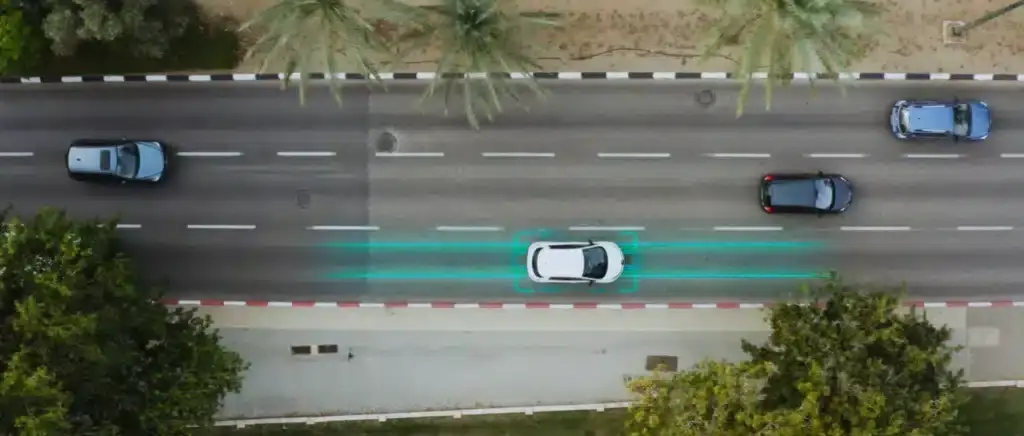How does induction charging work for electric cars?
A bit like cell phones, induction charging is wireless charging. This would allow drivers to avoid stopping too often without having to invest in an electric car car with a longer range. In the case of freeways, magnetic coils magnetic coils would be slid under the asphalt, circulating an electric current and creating a magnetic field to power your electric vehicle's batteries.
The startup Electreon, which will supply the Vinci Group with the induction system, has already started projects like this in Israel, Sweden, the United States and Italy, where Fiat is testing the charging of a small 500 on dedicated road plots.
In France, the first tests will be carried out in September 2023 near Rouen on a closed track belonging to the Centre d'études et d'expertise sur les risques, la mobilité et l'aménagement (Cerema). The project, which will be implemented on the A10 motorway, will be spread over three years, with a budget of 26 million eurosand the support of the France 2030 public plan via the Banque publique d'investissement.
What are the advantages of electric roads?
Electric roads", where motorists can drive while recharging, offer many advantages.
Firstly, it reduces downtime and the occupancy rate of charging charging stations at highway rest areas. By driving on a stretch of electric road, your vehicle will be able to cover a greater distance before taking a break. As a reminder, it's important to take a break every two hours when driving. What's more, this encourages the use of batteries that are lighter and require less rare materials. Thanks to this breakthrough, electric mobility will become more accessible to drivers who are still skeptical about their range.
What's more, it's also a system for promoting the use of electric trucks with "a significant reduction in the size of batteries for trucks making long journeys", said former Renault executive Patrick Pelata.
Ultimately, this is a major step forward in France's energy transition, as it moves ever closer to an electrified, more environmentally-friendly world. As Patrick Pelata pointed out, this represents "a strong decarbonization of long-distance road transport as electricity decarbonizes in Europe".
Are there any alternatives?
Other alternatives to induction charging for electric cars are currently being considered.
The Swedish consortium Elonroad (a grouping of several companies), is developing a project where a rail is inserted on the asphalt to enable electric cars equipped with their technology to recharge while driving. Tests have been underway since 2019 in southern Sweden.
A third solution is currently being tested in Germany. This is the most technically advanced solution available today, using a catenary like those seen on streetcars. However, it can only power heavy goods vehicles, not private electric vehicles. What's more, roadside pylons are required for its operation, and pose road safety problems, according to a report submitted to the Ministry of Transport.
































